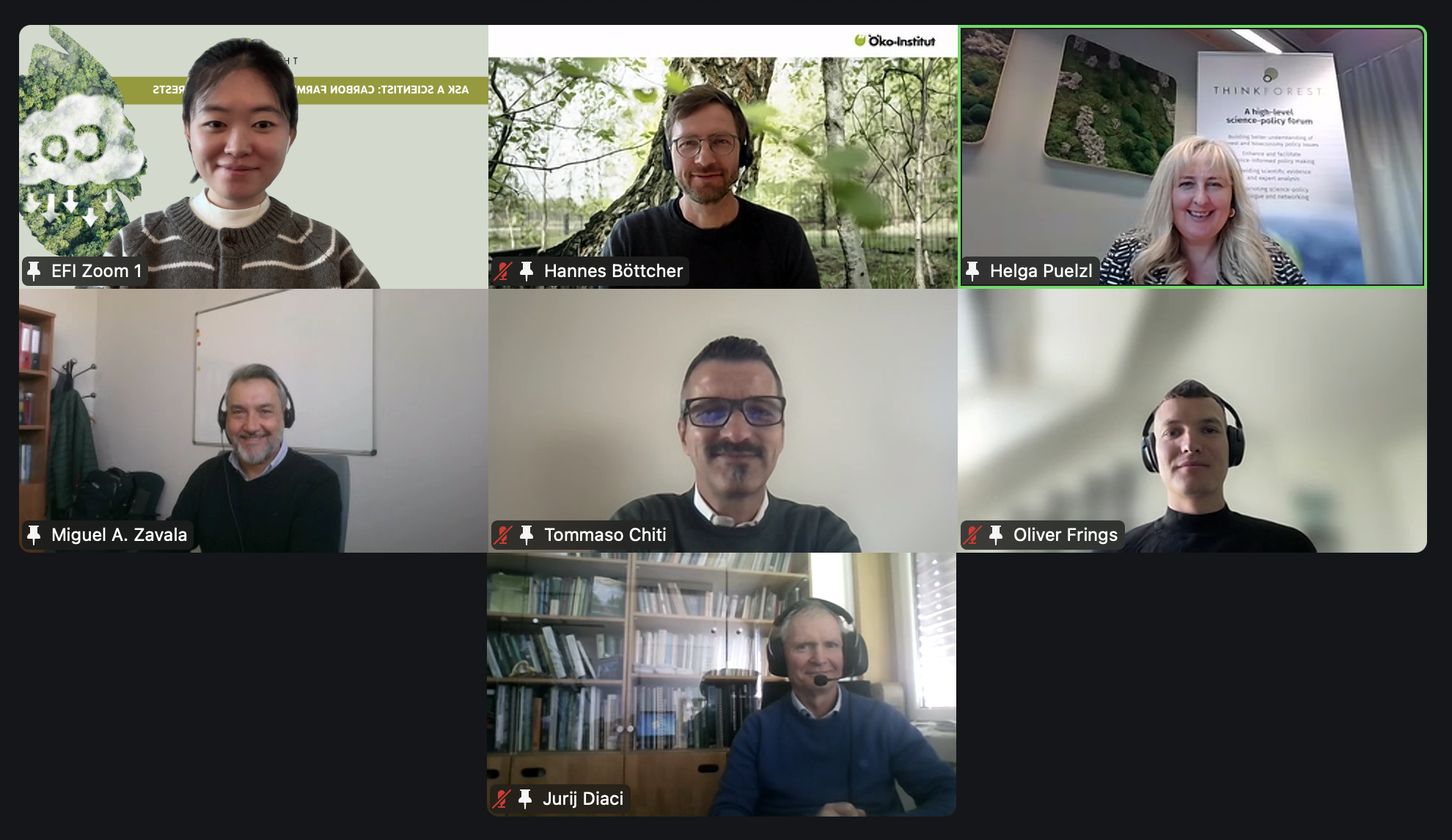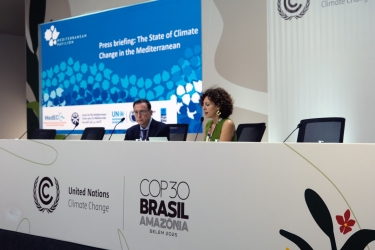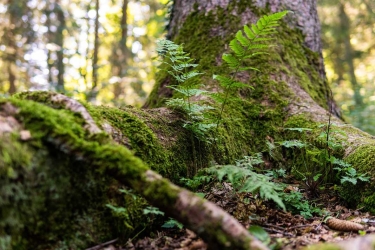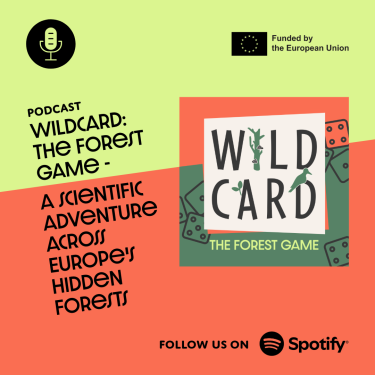Carbon farming scientists in the hot seat

Our ThinkForest Ask a Scientist webinar on 7 April allowed around 90 participants to explore research and policy questions on the topic of carbon farming. In the hot seat were the authors of EFI’s recent From Science to Policy study on Carbon farming in the European forestry sector.
Tommaso Chiti, University of Tuscia gave an introduction to carbon farming in forestry, with some highlights from the study. Carbon farming aims to enhance carbon sequestration and storage in forests and soils, while maintaining ecosystem health and biodiversity. It includes practices such as afforestation, improved forest management, extending rotation periods, diversifying forest structure, and peatland restoration. Afforestation, agroforestry and peatland restoration have the potential for the most impact – but challenges include the long and variable timescales involved in forestry compared to EU climate targets, the non-permanence of forest carbon storage (and risks from disturbances), and the complicated nature of monitoring and setting baselines.
Hannes Böttcher, Oeko-Institut, set carbon farming in the context of the EU policy landscape, where it needs to support multiple policy objectives. Policy aspects of carbon farming include its potential use as a tool to achieve national targets in greenhouse gas inventories, its competitiveness in carbon dioxide removal markets (where it is likely to be cheaper than permanent options, also offering more co-benefits), and the need to clearly define what credits can be used for.
Jurij Diaci, University of Ljubljana, explored silvicultural practices, and the possible solutions and dilemmas of balancing forest management and carbon sequestration. Many approaches can enhance carbon sequestration – but there is of course a huge variation in forests (and their ownership) across Europe, which affects the methods chosen. Site conditions, stand characteristics and all the functions that forests provide (not just carbon storage), must be carefully considered. It is often a balancing act – for example reducing harvest intensity or prolonging rotations can increase carbon stocks, but older larger trees are more vulnerable to disturbances risking carbon losses, and lower harvesting in one area may cause deforestation elsewhere (leakage).

Oliver Frings, AgroParisTech, focused on some of the risks surrounding carbon farming. These include uncertainty around real emission reductions (ie lacking additionality) due to inflated baselines and overcrediting, the vulnerability of carbon stored in forests (non-permanence) due to disturbances, and emissions shifting elsewhere (market leakage). Practical solutions can reduce these risks but policymakers face the dilemma of accessibility versus rigidity. Rigid standards ensure credibility and real impact but can raise costs and limit participation. Given mounting criticism based on ex-post evaluations, he called for firmer safeguards, cautioning that without clearer rules and stricter oversight, the voluntary carbon market may not endure.
Finally, Miguel A. Zavala, University of Alcalá, explored the complicated question of how we can measure and quantify carbon in the forest. There is no magic single measurement, but a lot of information at different scales, that can be combined to give an estimate of carbon stocks. Sources can include remote sensing, tree ring data, National Forest Inventories, soil data, eddy-flux data and forest management data. Likewise, estimating carbon sequestration is also complicated, as most processes (eg losses through harvesting, disturbances etc) are dynamic. Different models can be used to try and quantify how carbon stocks evolve over time, but we also need to consider interactions and trade-offs (eg between carbon farming and biodiversity) to avoid carbon tunnel vision. Here a regional and landscape perspective is very important.
More information
Watch the recording on our YouTube channel: https://youtu.be/izlUdqVPG1I
Chiti, T., Rey, A., Abildtrup, J., Böttcher, H., Diaci, J., Frings, O., Lehtonen, A., Schindlbacher, A., Zavala, M.A. 2024. Carbon farming in the European forestry sector. From Science to Policy 17. European Forest Institute. https://doi.org/10.36333/fs17


